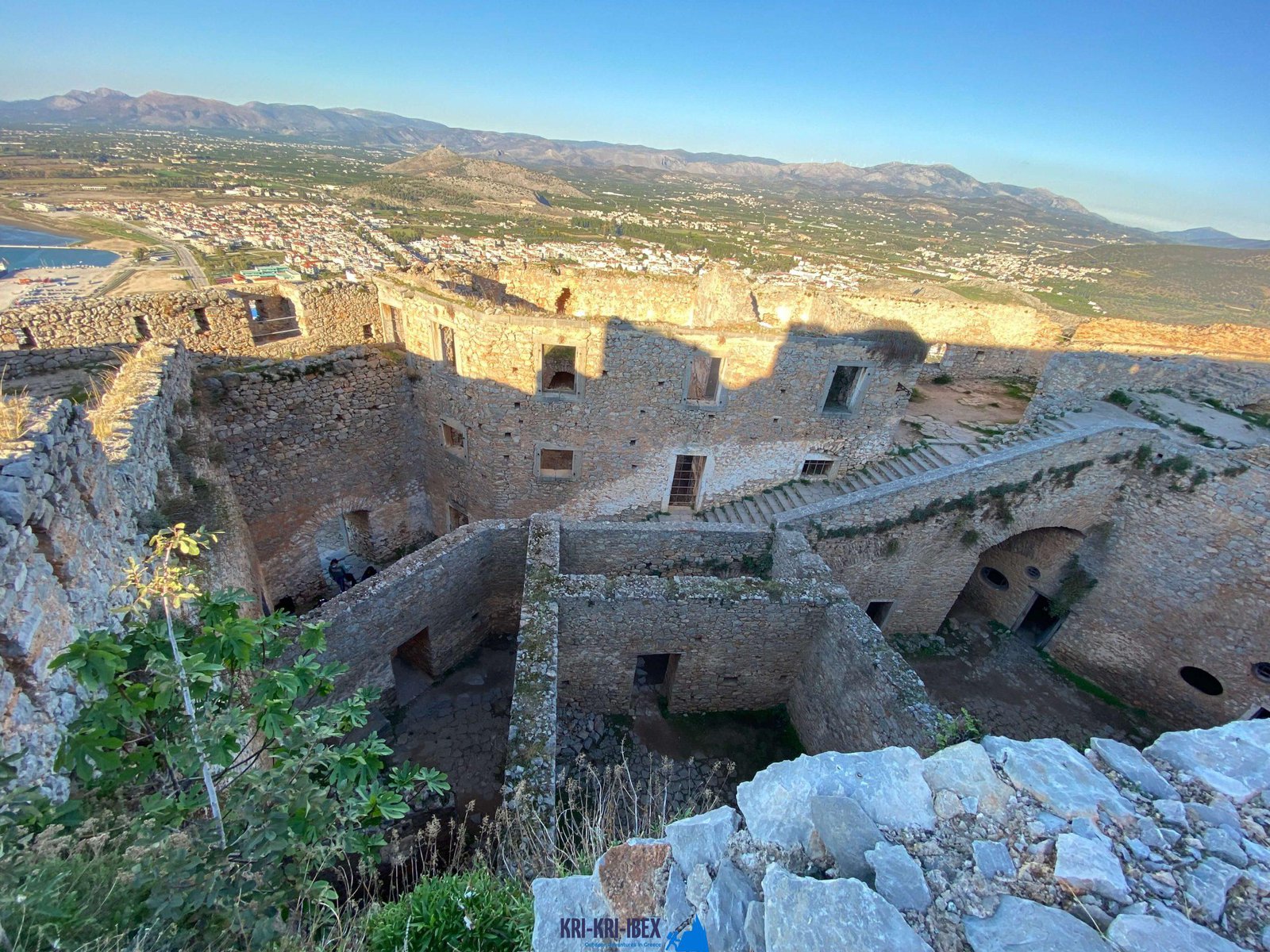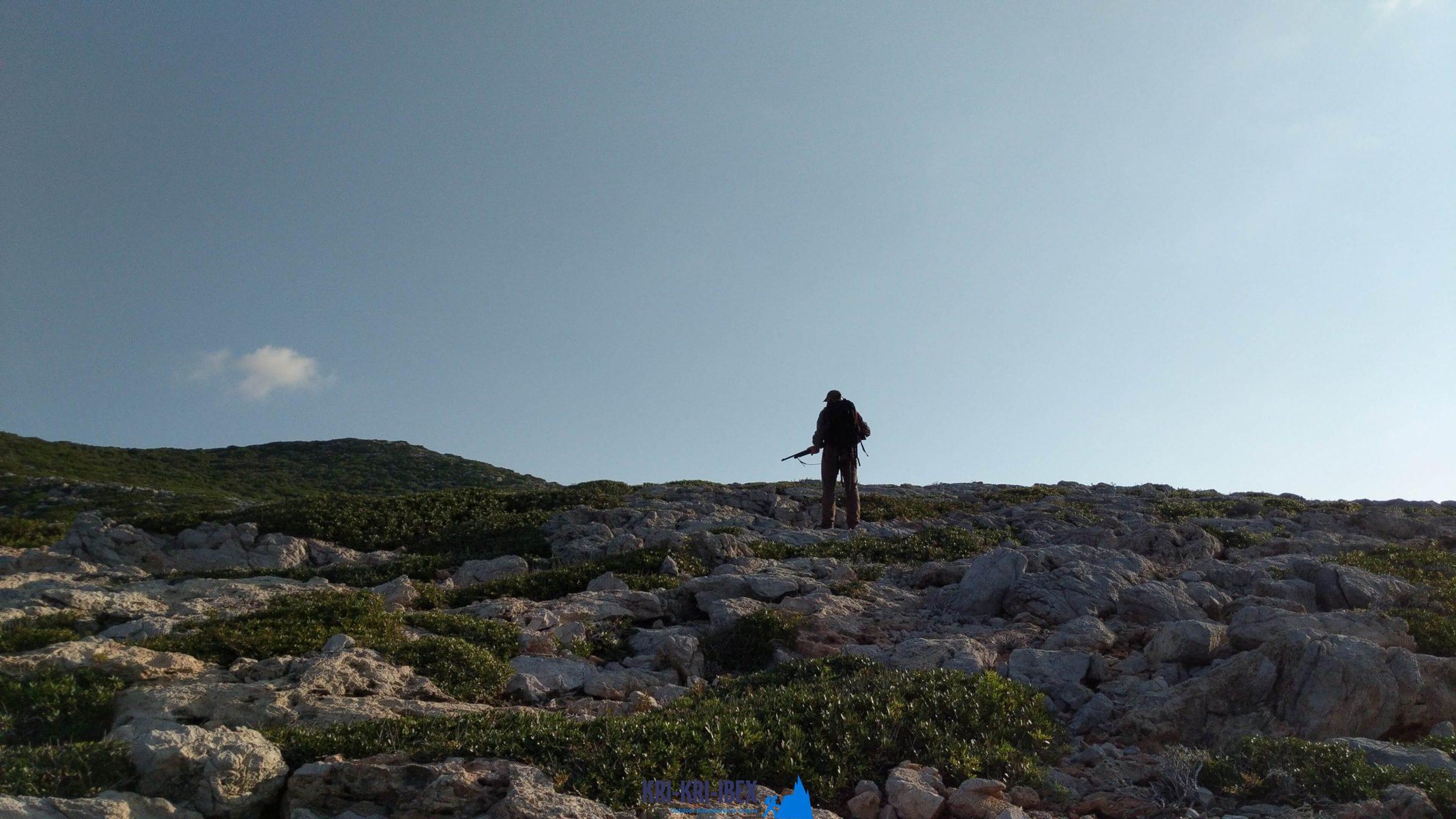A trip you will always remember! Kri Kri ibex searching in Greece.
A trip you will always remember! Kri Kri ibex searching in Greece.
Blog Article

Hunting for Kri Kri ibex in Greece is an amazing searching expedition and also great vacation all in one. Ibex hunting is normally a harsh experience, yet not in this instance! Dive to shipwrecks and also spearfishing in ancient Greece, or take pleasure in ibex searching in an exotic location are simply a few of the things you might do during a week lengthy ibex searching trip in Greece. Can you think about anything else?

Hunting Kri-kri Ibex on Sapientza island can be a hard and challenging task. The terrain is sturdy, with sharp, rugged rocks that can easily leave you shoeless after just 2 trips. In addition, shooting a shotgun without optics can be quite tough. The search is absolutely worth it for the chance to collect one of these impressive creatures.
On our Peloponnese tours, you'll reach experience all that this incredible area has to offer. We'll take you on a trip of some of one of the most beautiful as well as historical sites in all of Greece, including old damages, castles, and also extra. You'll also reach experience some of the traditional Greek society firsthand by appreciating some of the scrumptious food and also red wine that the region is recognized for. And also naturally, no journey to Peloponnese would be total without a dip in the shimmering Mediterranean Sea! Whether you're a skilled hunter looking for a first-time vacationer or a new experience just wanting to explore Greece's stunning landscape, our Peloponnese excursions are perfect for you. So what are you waiting for? Reserve your journey today!
If you are looking for Kri Kri ibex quest and also extraordinary vacation location, look no further than the Sapientza island in Greece. With its stunning all-natural charm, tasty food, and abundant culture, you will not be disappointed. Schedule one of our searching and visiting Peloponnese Tours from Methoni today, dot forget your prize Kri Kri ibex!
What is the diference between Kri Kri ibex, Bezoar ibex and hybrid ibex
The kri-kri is not thought to be indigenous to Crete, most likely having been imported to the island during the time of the Minoan civilization. Nevertheless, it is found nowhere else and is therefore endemic to Crete. It was common throughout the Aegean but the peaks of the 8,000 ft (2,400 m) White Mountains of Western Crete are their last strongholds–particularly a series of almost vertical 3,000 ft (900 m) cliffs called ‘the Untrodden’—at the head of the Samaria Gorge. This mountain range, which hosts another 14 endemic animal species, is protected as a UNESCO Biosphere Reserve. In total, their range extends to the White Mountains, the Samaria National Forest and the islets of Dia, Thodorou, and Agii Pandes.
This Ibex is NOT a diminutive form of the Bezoar Ibex, which has migrated into the western-most reach of the range of this species. The kri – kri (Capra aegagrus cretica), sometimes called the Cretan goat, Agrimi, or Cretan Ibex, is a feral goat inhabiting the Eastern Mediterranean, previously considered a subspecies of wild goat. The kri-kri has a light brownish coat with a darker band around its neck. It has two horns that sweep back from the head. In the wild they are shy and avoid tourists, resting during the day. The animal can leap some distance or climb seemingly sheer cliffs.
“The agrimi goat Capra aegagrus cretica is unique to Crete and its offshore islands. It has been identi®ed as a sub-species of the wild bezoar goat Capra aegagrus aegagrus Erxleben, 1777, which it closely resembles in horn shape, body form and coloration. This classi®cation has been disputed by some researchers who claim that the agrimi are feral goats, derived from early domestic stock brought to the island by the ®rst Neolithic settlers. In order to clarify this issue, DNA analyses (cytochrome b and D loop sequences) were carried out on tissue of live and skeletonized agrimi and compared to sequences of wild and domestic caprines. Results conclusively show the agrimi to be a feral animal, that clades with domestic goats (Capra hircus) rather than with wild Asiatic bezoar. This study demonstrates that morphometric criteria do not necessarily re¯ect genetic af®nities, and that the taxonomic classi®cation of agrimi should be revised.”
Report this page